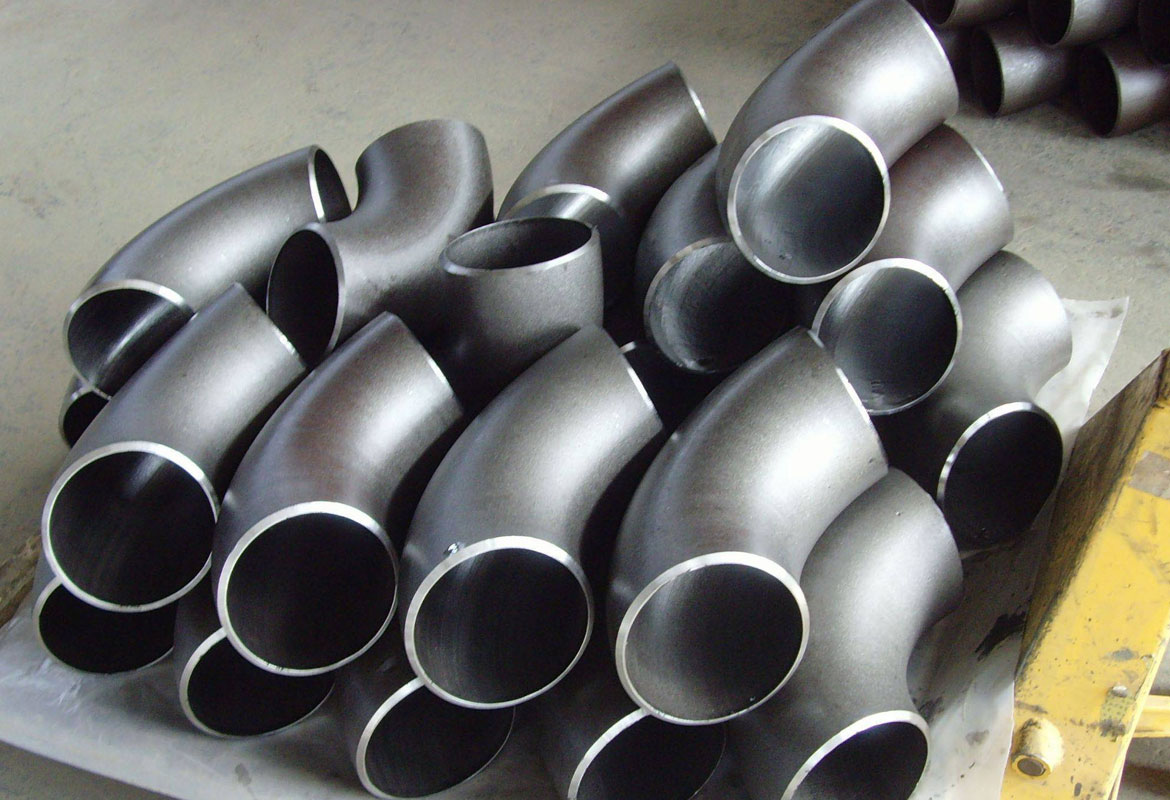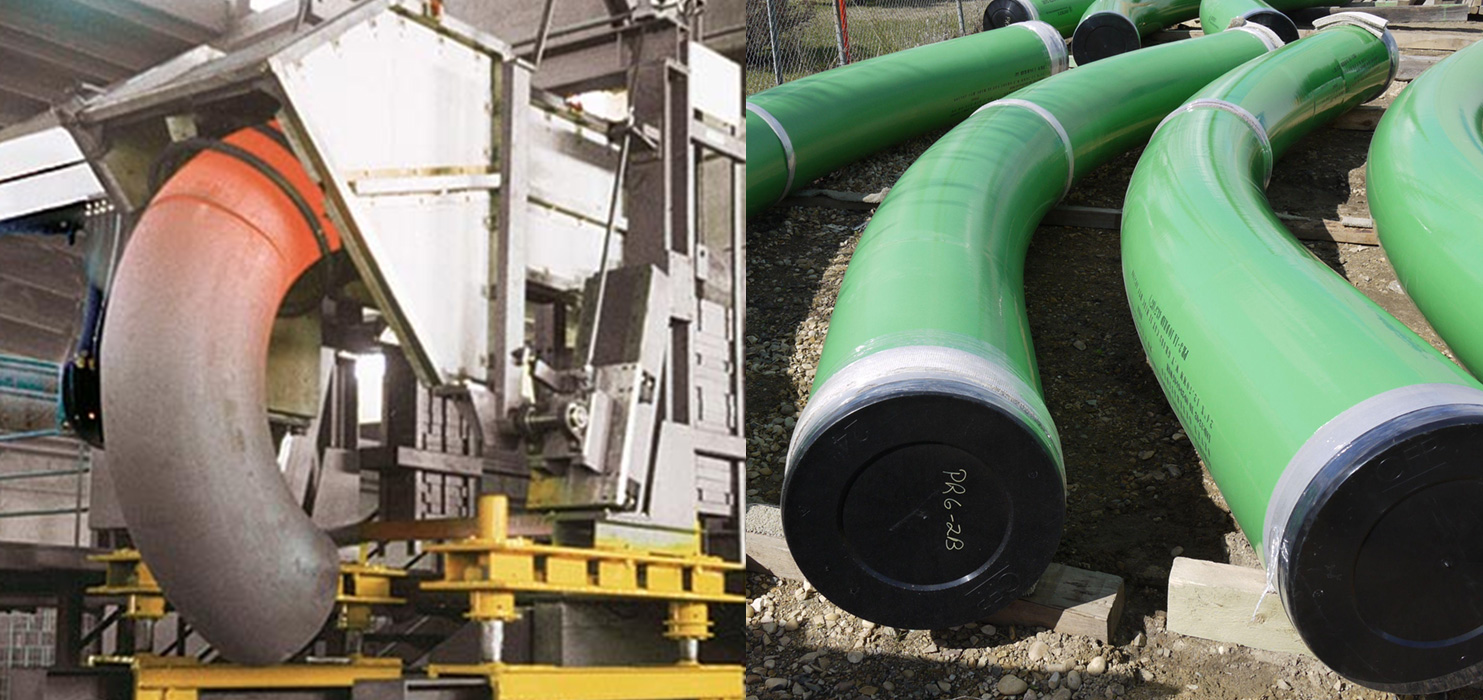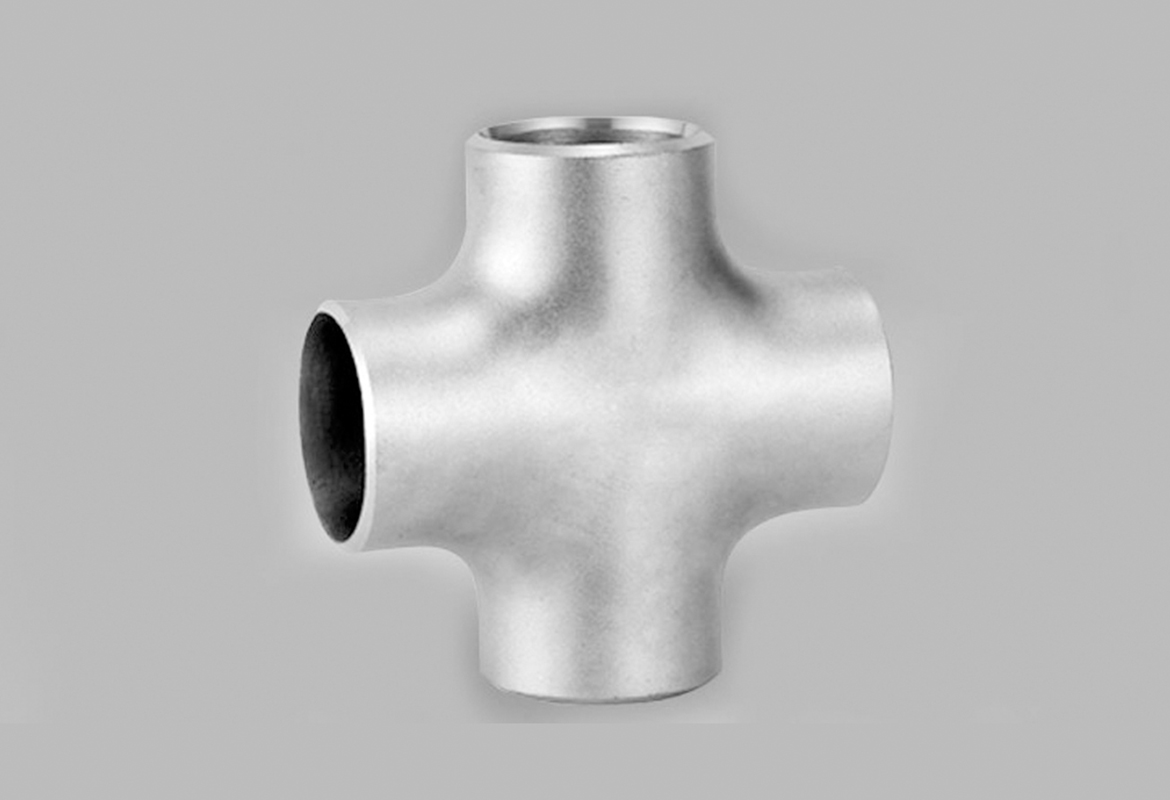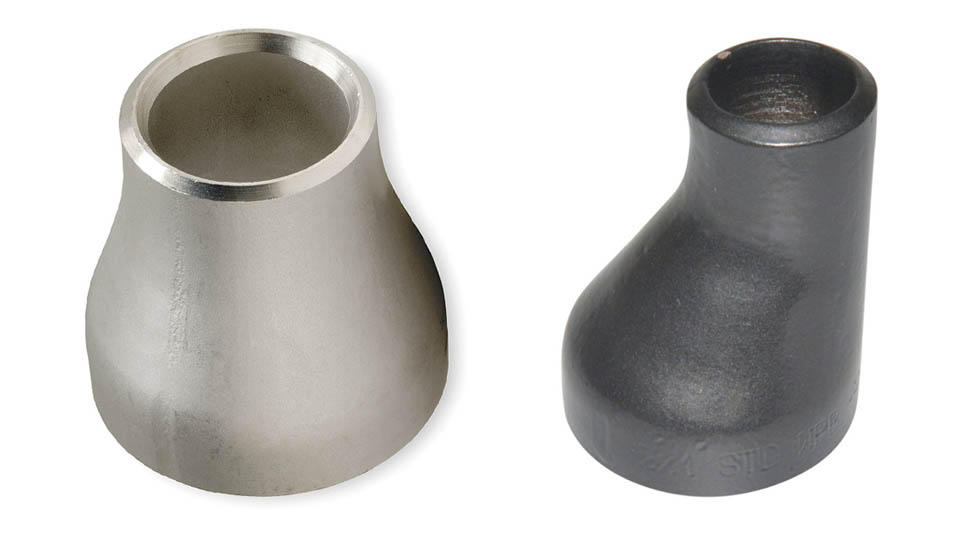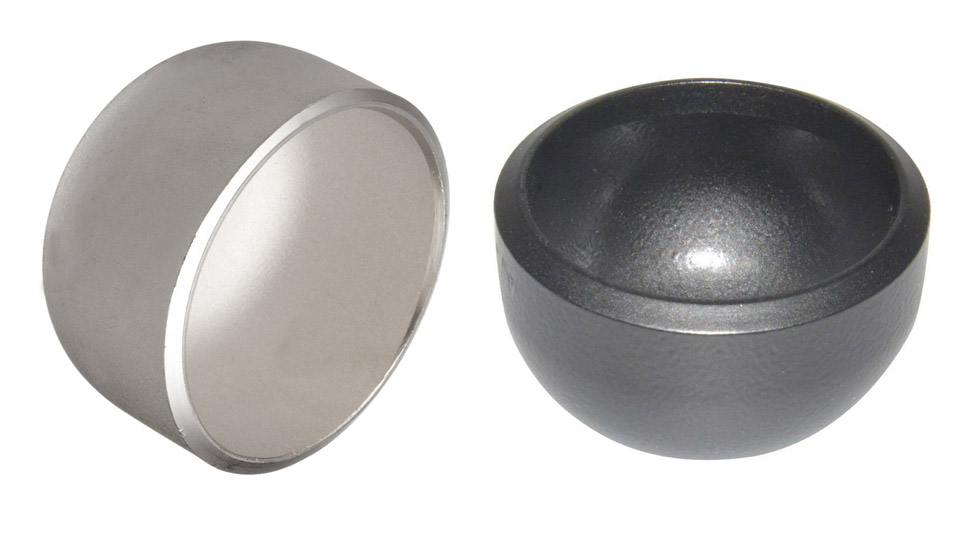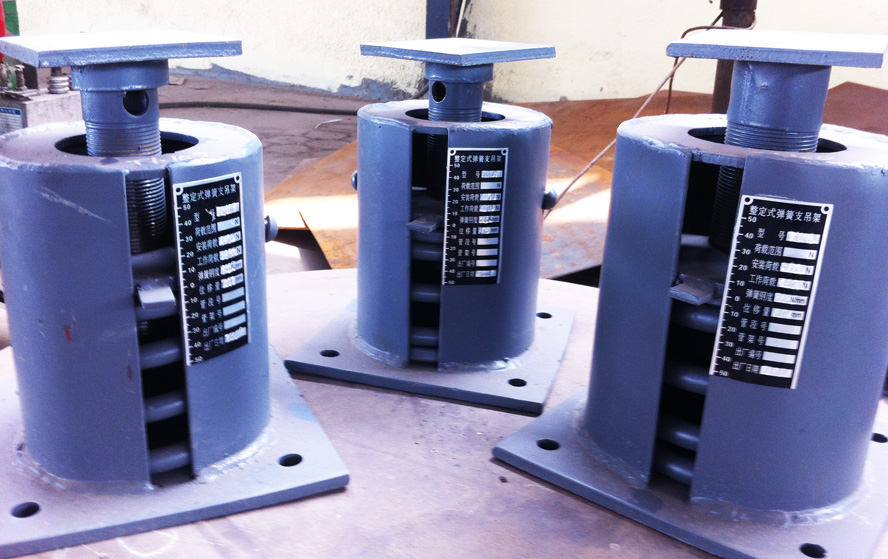بعقب اللحام الأنابيب المحملة
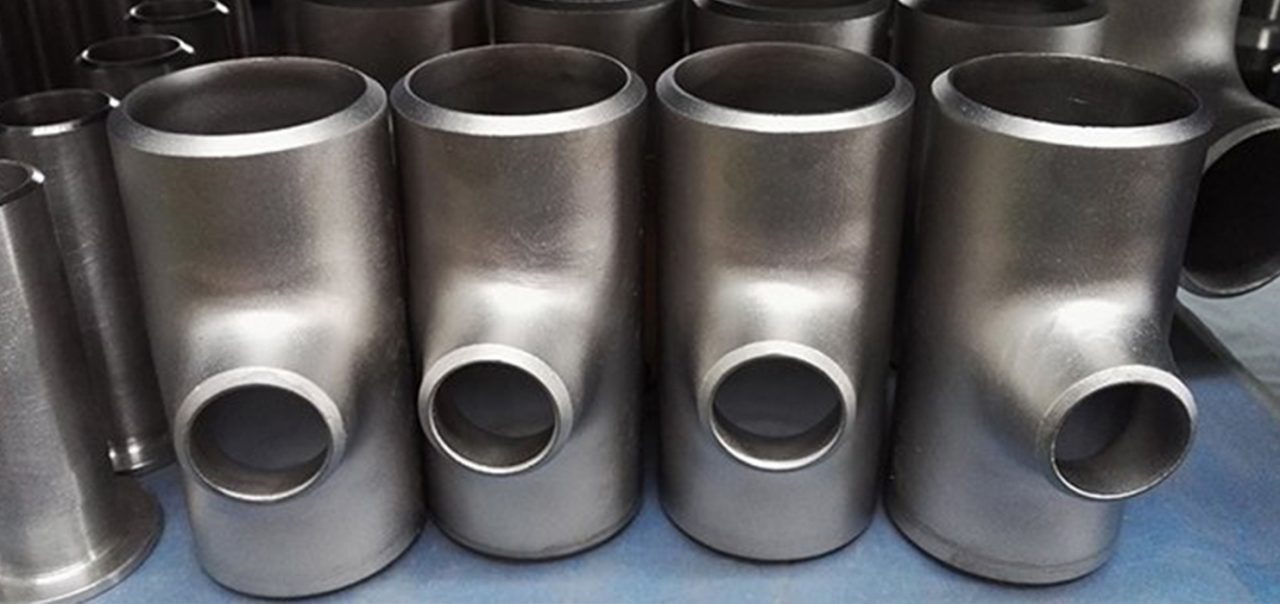
إن نقطة الإنطلاق للأنابيب الفولاذية هي القطعة الأكثر شيوعًا المستخدمة عندما يكون هناك فرع على خط الأنابيب الرئيسي. عندما يكون حجم الفرع هو نفس حجم الأنبوب الرأسي، يتم استخدام نقطة الإنطلاق المتساوية. عندما يكون حجم الفرع أقل من حجم الرأس، يتم استخدام نقطة الإنطلاق غير المتساوية. حالياً, يتم استخدام التشكيل الهيدروليكي والتشكيل بالضغط الساخن لتصنيع قمزة فولاذية مصنوعة من الأنابيب غير الملحومة. يتم استخدام نقطة الإنطلاق للأنابيب الفولاذية لتوصيل خطوط الأنابيب في الشبكات لنقل مخاليط السوائل ثنائية الطور. يمكن تخزينه في صناديق خالية من التبخير أو حوامل خشبية.
توفر شركتنا أنابيب فولاذية على شكل تي بأحجام مختلفة مثل 1/2″ و 24″, تركيبات غير ملحومة DN15 وDN600, 4″ و 24″, تجهيزات اللحام DN100 وDN600 أو 12″ و 78″, تجهيزات اللحام التناكبي DN300 وDN1900. هناك أيضًا سمك جدار مختلف. أقصى سمك لجدار نقطة الإنطلاق للأنبوب الفولاذي هو 150 مم وأرقام الجدول الزمني الأخرى هي sch10, sch20, sch30, الأمراض المنقولة جنسيا, sch40, sch60, xs, sch80, sch100, sch120, sch140, sch160, xxxs, sch5s, sch20s, sch40s و sch80s.
مواصفات الأنابيب الفولاذية على شكل تي
| يكتب | |||
| تي سلس | لحام المحملة | بعقب اللحام المحملة | |
| القطر الخارجي | 1/2″ ~ 24″ | 4″ ~ 24″ | 12″ ~ 78″ |
| سمك الجدار | 3 مم ~ 200 مم | ||
| نوع المنتج | قمزة متساوية وقمة غير متساوية | ||
الأنابيب المحملة Sytle:
يتم استخدام نقطة الإنطلاق في الأنابيب لتوزيع أو تجميع السائل من أنبوب التشغيل. إنها قطعة قصيرة من الأنابيب ذات فرع بزاوية 90 درجة في المنتصف. هناك نوعان من المحملة المستخدمة في الأنابيب, متساوي / قمزة مستقيمة وتخفيض / تي غير متكافئة.
تي شيرت مستقيم
في نقطة الإنطلاق على التوالي, قطر الفرع هو نفس قطر الجري (رأس) ماسورة.
تقليل المحملة
في الحد من المحملة, حجم قطر الفرع أصغر من قطر الجري (رأس) ماسورة
المحملة المحظورة
يتم استخدام نقطة الإنطلاق المحظورة والتي تُعرف أيضًا باسم نقطة الإنطلاق المكشطة في خطوط الأنابيب التي يتم خنزيرها. يحتوي فرع نقطة الإنطلاق على شريط تقييد ملحوم داخليًا لمنع الخنزير أو المكشطة من دخول الفرع. يتم لحام القضبان في الفرع بطريقة تسمح بالمرور الحر للخنزير من أنبوب الجري.
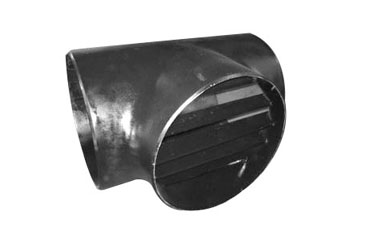
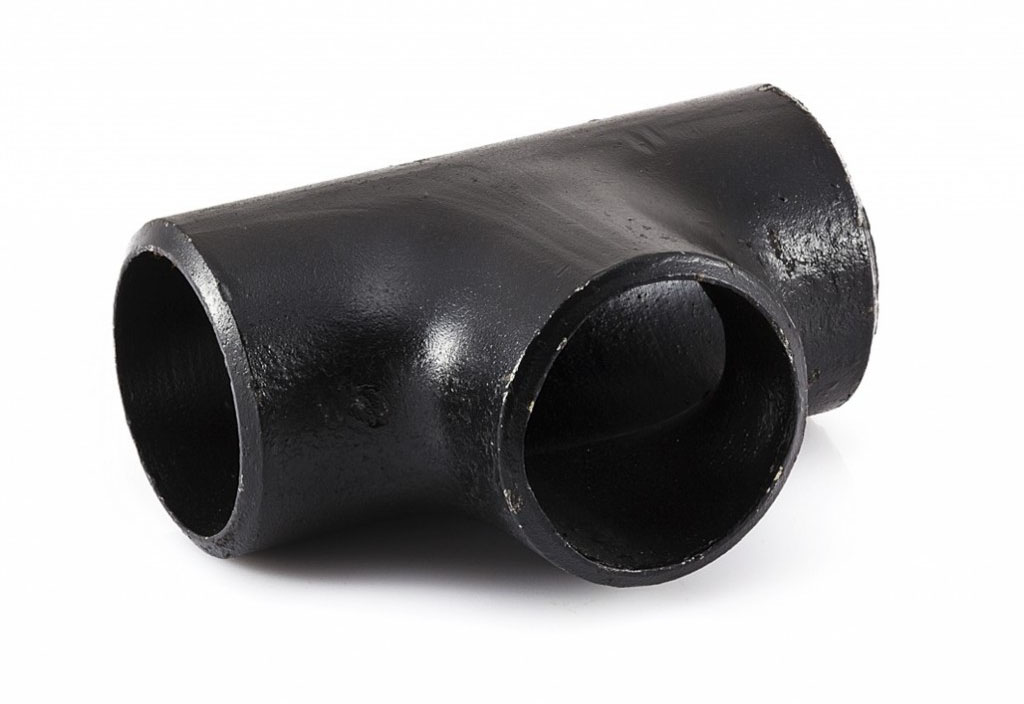
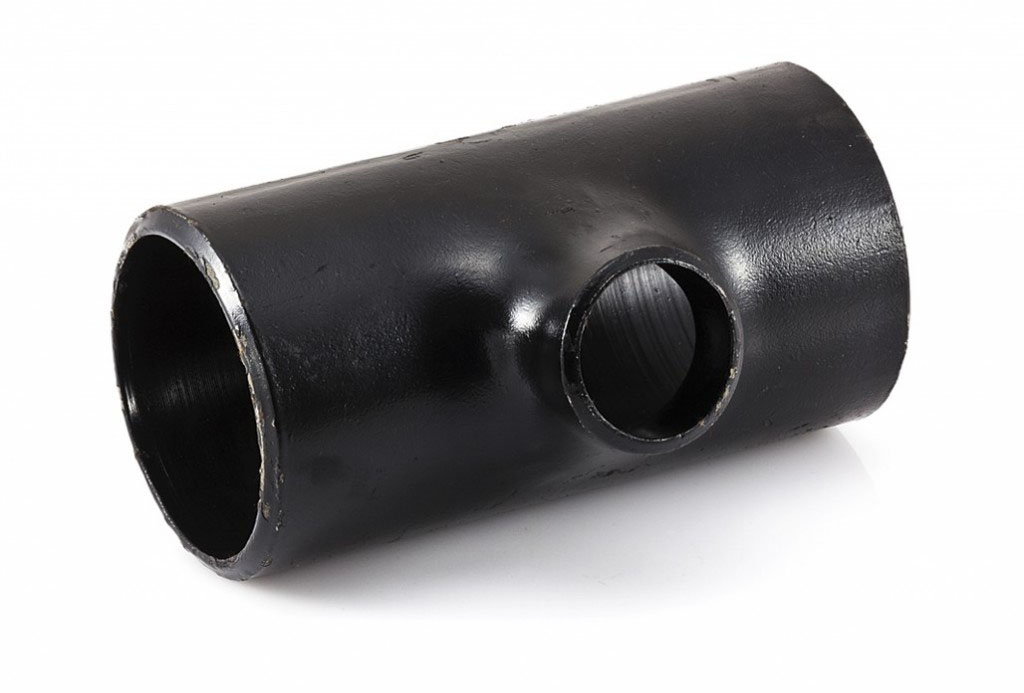
مواد الأنابيب المحملة
فضلاً عن ذلك, يمكن تصنيع أنبوب الإنطلاق الخاص بنا من مواد مختلفة والمعلومات التفصيلية مدرجة هنا.
الكربون الصلب: أستم/أسم A234 وب、WPC
سبائك الصلب: أستم / أسم A234 وب 1-WP 12-WP 11-WP 22-WP 5-WP 91-WP 911
الفولاذ المقاوم للصدأ: أستم / أسم A403 وب 304-304L-304H-304LN-304N, أستم / أسم A403 وب 316-316L-316H-316LN-316N-316Ti, أستم / أسم A403 وب 321-321 ح أستم / أسم A403 وب 347-347 ح
فولاذ ذو درجة حرارة منخفضة: ASTM/ASME A402 WPL 3-WPL 6
فولاذ عالي الأداء: أستم/أسم A860 WPHY 42-46-52-60-65-70
TEES مستقيمة ومخفضة
الغرض الأساسي من Tee هو عمل فرع بزاوية 90 درجة من المسار الرئيسي للأنبوب. القياسية هناك 2 إمكانيات, نيابة عن نقطة الإنطلاق المتساوية والحد من نقطة الإنطلاق. المحملة على قدم المساواة (أو قمزة مستقيمة) يتم استخدامه لأن الفرع له نفس قطر أنبوب الجري. يتم استخدام نقطة الإنطلاق المختزلة حيث أن الفرع له قطر أصغر مثل أنبوب الجري.

الأبعاد والمعايير
عندما نتحدث عن نقطة الإنطلاق NPS 3, المقصود هو نقطة الإنطلاق المتساوية أو المستقيمة. مع نقطة الإنطلاق NPS 3 س 2 المقصود نقطة الإنطلاق المخفضة. بالرغم من, رسميًا سيتم الإشارة إلى نقطة الإنطلاق المخفضة بواسطة 3 أقطار, وهي 3 س 3 س 2 (أ × ب × ج). يرمز المقياس A وB إلى حجم الأنبوب الاسمي لأنبوب التشغيل, يرمز مقياس C إلى حجم الأنبوب الاسمي للمخرج.
هذه التسمية في الواقع غير ضرورية, ولكن يأتي من الوقت الذي كانت فيه المحملات متاحة 3 نهايات مختلفة من الأقطار, مثل
4 س 3 س 2 (أ × ب × ج). في هذا التنفيذ بالطبع لا بد منه, لتحديد 3 أحجام مختلفة.
ربما لم يعد هذا النوع من المحملات متاحًا. أصبح الآن تطبيق نقطة الإنطلاق المتساوية مع مخفض متحد المركز أو غريب الأطوار هو الممارسة المعتادة.
تتوفر وصلة لحام مستقيمة أو متساوية لجميع الأقطار الشائعة.
والحد من الإنطلاق لا, لأنه لا يتم إنتاج العديد من الأقطار, أو لا يمكن إنتاجها.
كمثال: تخفيض نقطة الإنطلاق NPS 6 س 4 هو عنصر قياسي لمعظم الموردين, ولكن تخفيض نقطة الإنطلاق NPS 16 س 2 ربما لا يكون متاحًا من قبل أي مورد.
كما أنه لن يكون اقتصاديًا استخدام NPS 16 نقطة الإنطلاق مع NPS 2 مَنفَذ; في مثل هذه الحالات، سيتم استخدام تركيب الفرع أو سيتم إجراء توصيل الفرع.
بالإضافة إلى المحملات المحددة, هناك الصلبان المستقيمة والمخفضة.
الصلبان المستقيمة هي عموما عناصر المخزون, غالبًا ما يكون من الصعب الحصول على الصلبان المخفضة.
لم أستخدم هذه المحملات مطلقًا ولم يسبق لي رؤيتها عمليًا, على الأقل ليس في صناعة البترول والكيماويات. سيتم استخدامها حيث المساحة محدودة, من خلال أعمال المراجعة, في صناعة الشحن وما إلى ذلك.
سمك الجدار تي
على شكل نقطة الإنطلاق, يمكن أن يكون سمك الجدار عنصرًا بالغ الأهمية. ASME B16.9 يقوم فقط بتوحيد الأبعاد الشاملة, أبعاد المركز إلى النهاية وبعض “تربيع” تحمل الأبعاد.
سمك الجدار في موقع خط اللحام موحد, ولكن ليس من خلال بقية التركيبات. ينص المعيار على أن الحد الأدنى من التسامح سيكون في الداخل 12.5% الحد الأدنى المطلوب لسماكة جدار الأنبوب. يتم تحديد الحد الأقصى للتسامح فقط في نهايات التركيب.
العديد من مقدمي المحملات اللحام (والمرفقين) توفير جدول واحد أكبر سمكا بحيث يكون سمك الجدار كافيا, بعد التشكيل, بقايا. في تي, نصف قطر المنشعب (ت) يختلف من مصنع إلى آخر, لكن البعض يثبت نفسه كمطلب, 1.3 مرات سمك الجدار للحفاظ على المنشعب.
التفاوتات الأبعادية المستقيمة ASME B16.9
| حجم الأنبوب الاسمي | 1/2 ل 2.1/2 | 3 ل 3.1/2 | 4 | 5 ل 8 | 10 ل 18 | 20 ل 24 | 26 ل 30 | 32 ل 48 |
| ضياء خارجي في شطبة (د) |
+1.6 -0.8 |
1.6 | 1.6 | +2.4 -1.6 |
+4 -3.2 |
+6.4 -4.8 |
+6.4 -4.8 |
+6.4 -4.8 |
| داخل ضياء في النهاية | 0.8 | 1.6 | 1.6 | 1.6 | 3.2 | 4.8 | +6.4 -4.8 |
+6.4 -4.8 |
| المركز إلى النهاية (ج / م) | 2 | 2 | 2 | 2 | 2 | 2 | 3 | 5 |
| جدار ثك (ر) | ليس أقل من 87.5% من سمك الجدار الاسمي | |||||||
تكون تفاوتات الأبعاد بالملليمتر ما لم يُذكر خلاف ذلك وتكون متساوية ± باستثناء ما هو مذكور.

